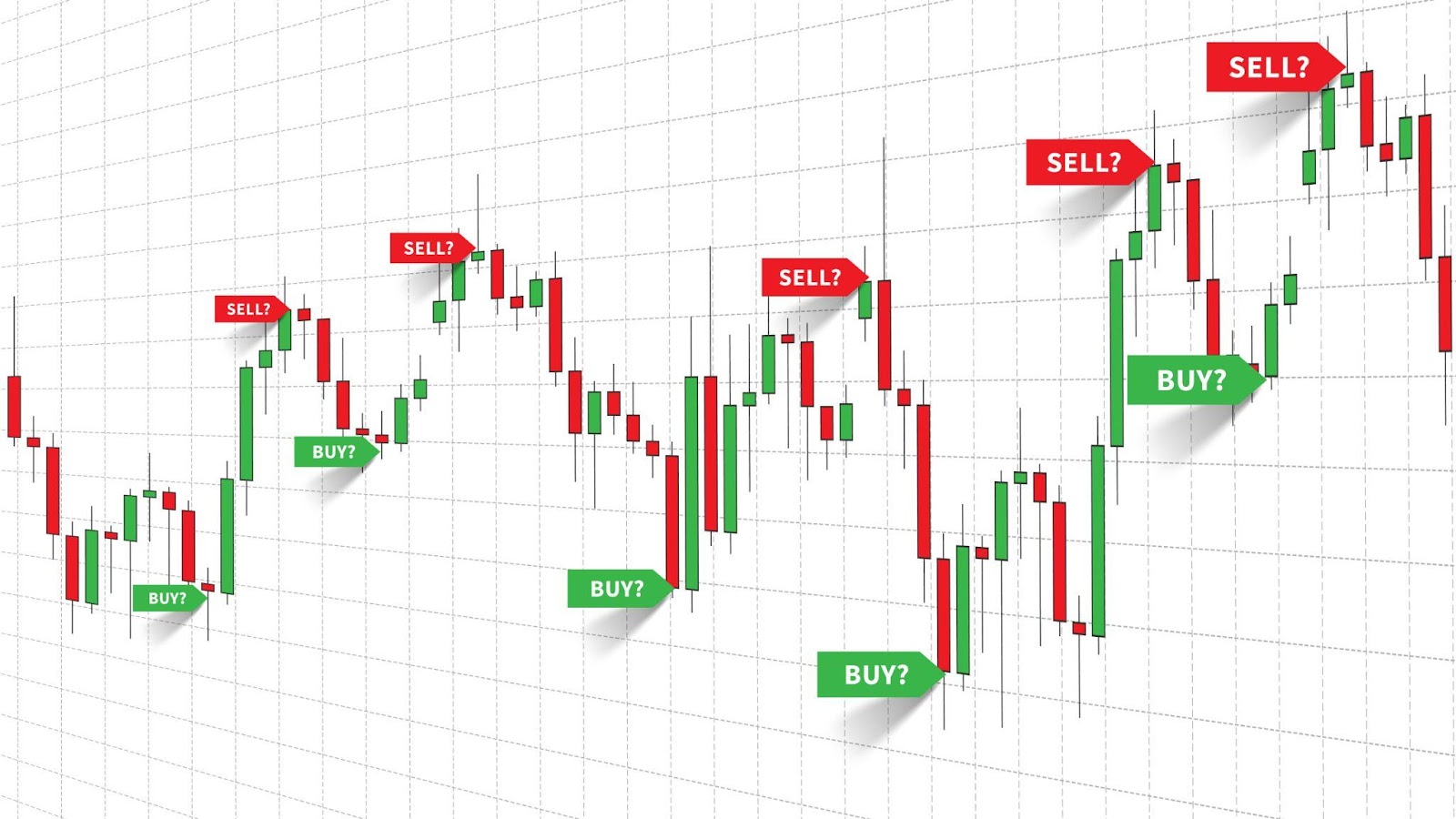When in forex or cryptocurrency trading usually people often hear the term BTD. It is an acronym that means ‘Buy The Dip’ and this is quite a common technique among traders. But what is it? Applied to trading, buying the dip refers to the act of investing in an instrument such as a currency pair, stock, or cryptocurrency after its price has dropped. The aforementioned thinking is to purchase stock at a cheaper price and hold it to sell it when the value ought to have risen.
Let me give you an instance in which you are in a store and suddenly you see that your desired item is on sale. You know that it will rise sometime in the future and being an intelligent person you make it your investment. That is exactly what BTD is based on but instead of buying products, people are buying currencies on the foreign exchange market.
In This Post
Why BTD is Popular in Trading
What is the reason behind the traders’ preference for buying the dip? What worries me is that it has much to do with psychology — more specifically fear and greed. When the prices are low some traders are alarmed and bring down their merchandise, fearing that the prices will continue to drop. But not all find this information appealing the same way newbies would consider this opportunity as a good chance to buy stocks at a lower price. They cannot fathom how markets rise and fall all the time and that most dips are usually eventually reversed.
However, we need to take caution that timing the market is very hard and that is why we should avoid it at all costs. What makes it difficult to grasp when a particular stock’s price is going to reach its lowest or start to steadily climb up? This is why many traders use long-term strategies especially when buying the dip since they know that no matter how low the prices go down, they always go back up again.

How to Identify a “Dip” in Forex
Well then, how do you get to recognize if there is a dip? Next, consider the issue of the so-called ‘good’ price drop; simply noticing a price cut isn’t enough. Traders use charts to view currency price fluctuations. They identify a dip when the price of a security drops steeply. However, there is often a tendency for prices to recover or shoot back up.
Some common tools traders use to spot dips include:
- RSI (Relative Strength Index): This enables you to identify when a currency has been oversold and that it may have been sold at a cheaper price and it may start rising again.
- Moving Averages: These display the average price of a currency over a period thus enabling the trader to determine whether the current price of the currency or commodity is relatively lower than its usual price.
More to that, one should be able to distinguish between a dip and a trend reversal. A dip is usually a temporary phenomenon and prices come back to normal. If the market is going down, buying might cost you more.
Risks of Buying the Dip
In any strategy, there is always the danger and so is the case with buying the dip. It may not be the case that if a price was lower it will later go up or be raised. Markets can drop a little, but that might be just the start of a bigger fall.
In tough times like a recession, prices can keep falling and might not bounce back. That’s why traders use stop-loss orders to limit losses. A stop-loss order closes your trade if the price drops too low, helping you avoid losing too much money.
Strategies for BTD in Forex
When it comes to the trading of the forex, there are different approaches that one can use in BTD. Traders use several methods to mitigate risks when investing in the market, including dollar-cost averaging. This means you purchase a small quantity of currency at fixed intervals rather than seeking the right time to purchase. If the price keeps dropping, buying more can lower your average cost.
There is another way, which is to wait for the support level to be breached. These are such price levels whereby a currency has risen from or has fallen to before bouncing back. If a currency is close to a certain level, it might be a good time to buy. Also, checking news and events can help you decide when to buy



